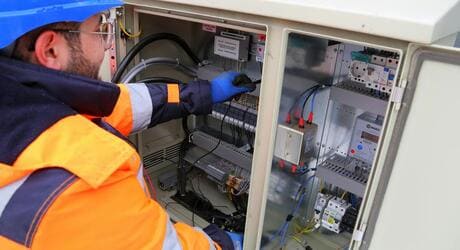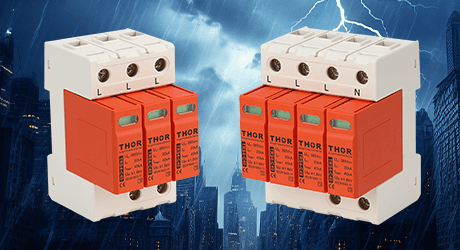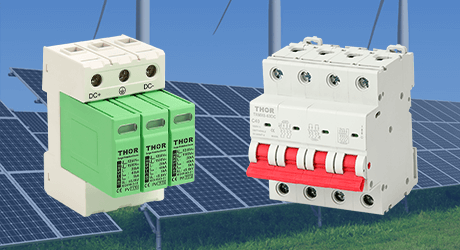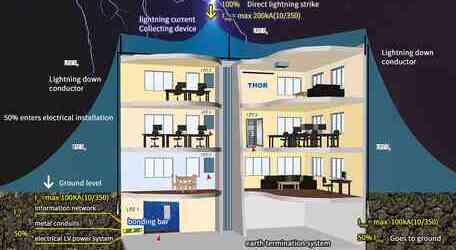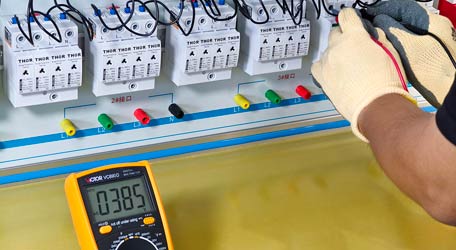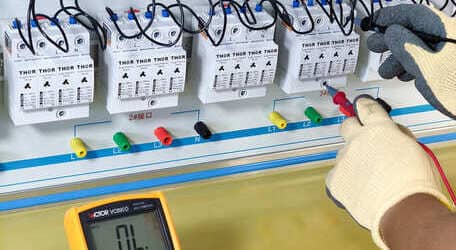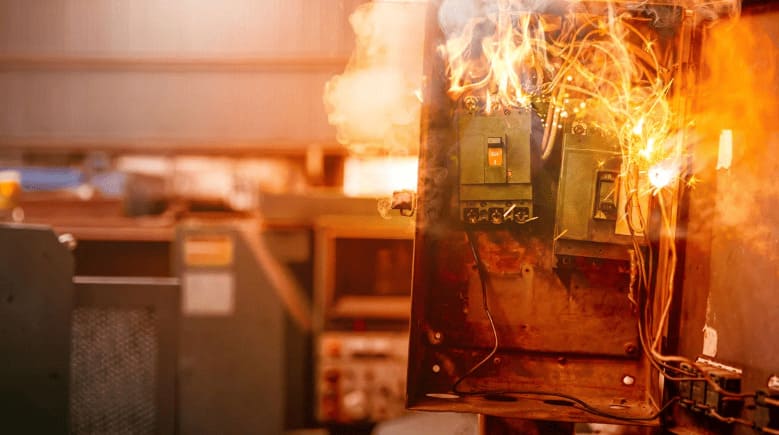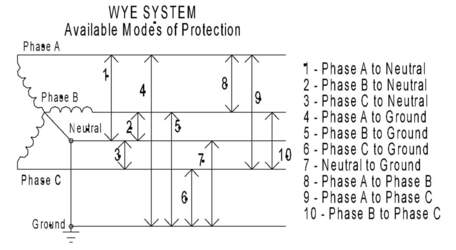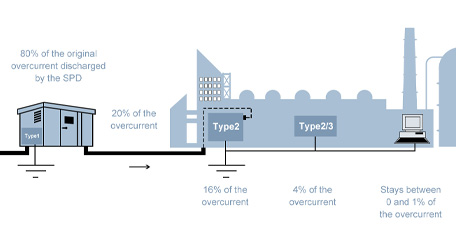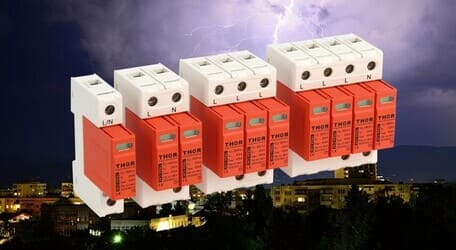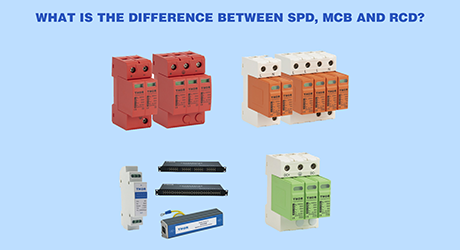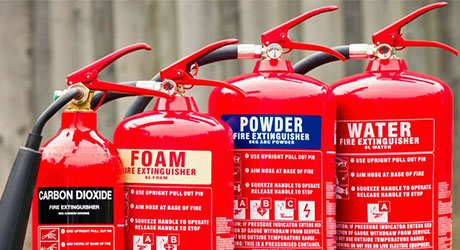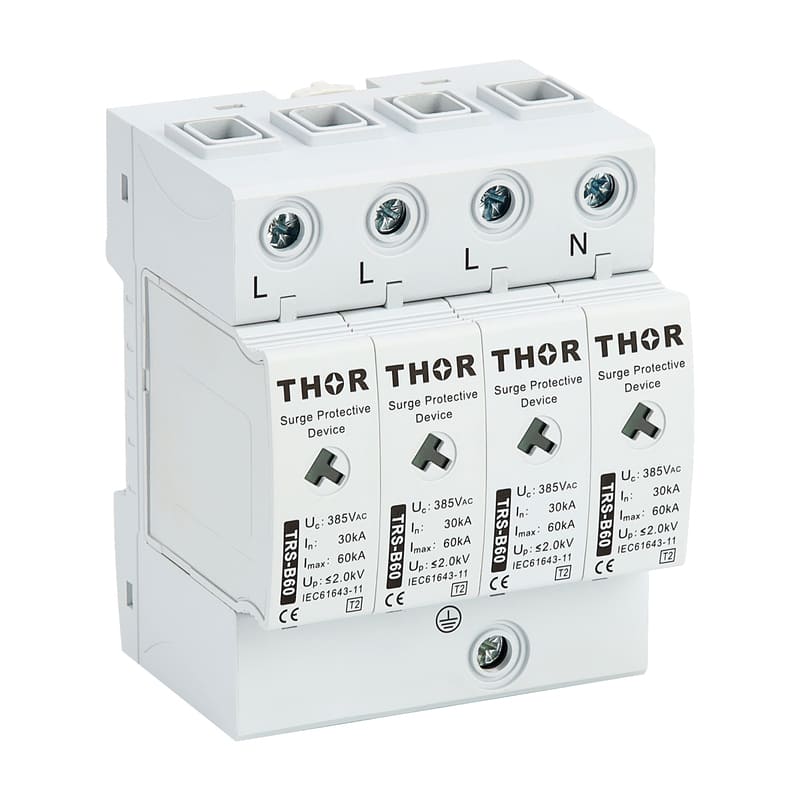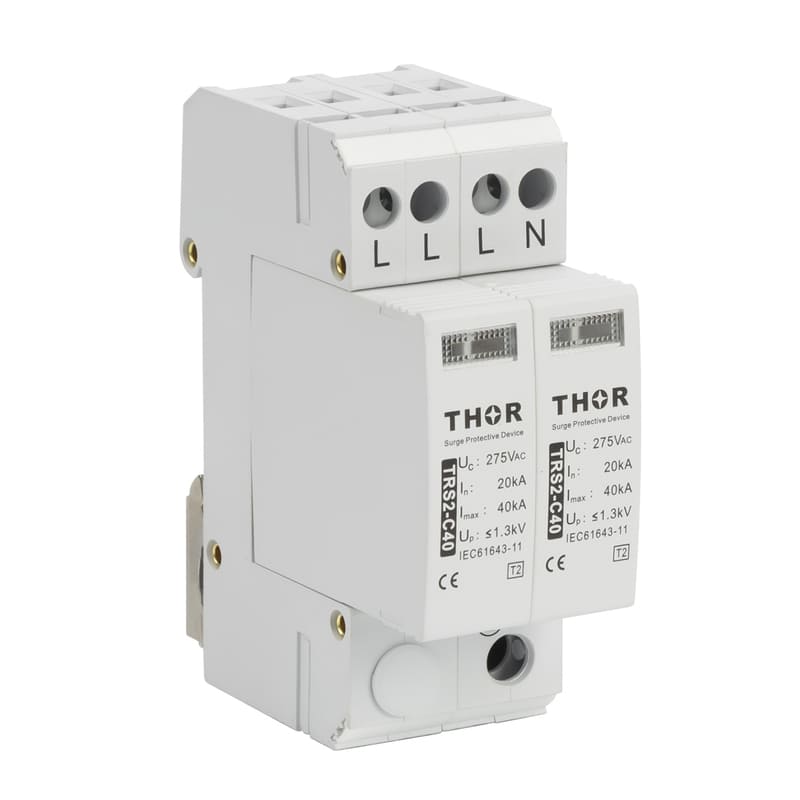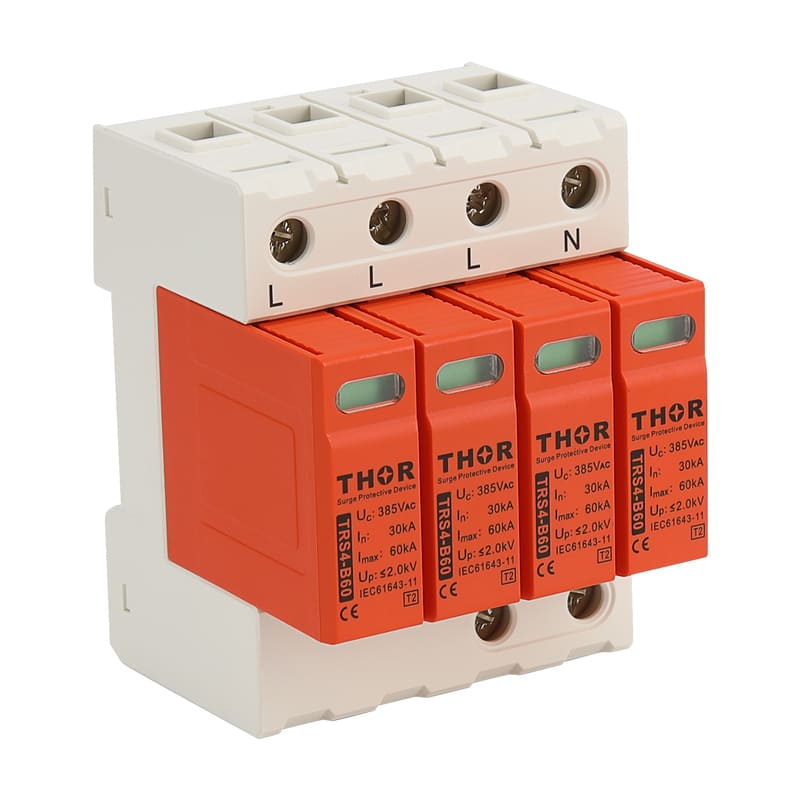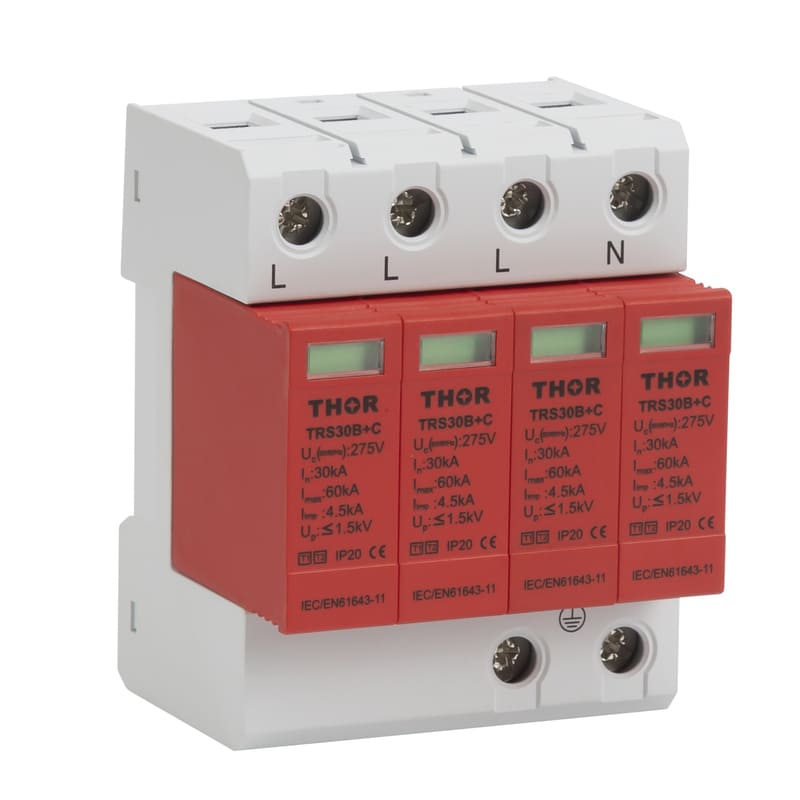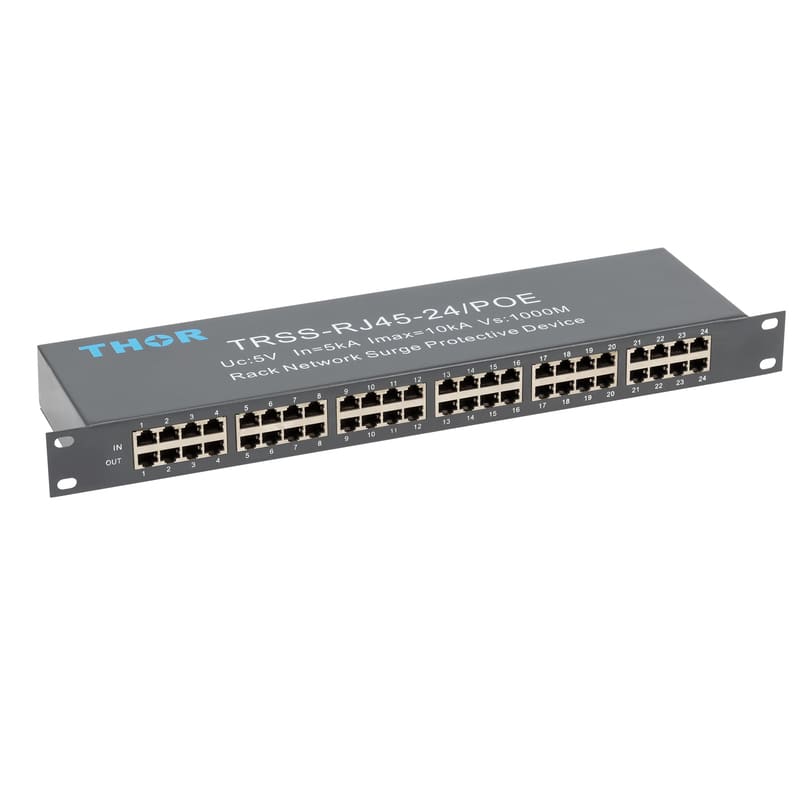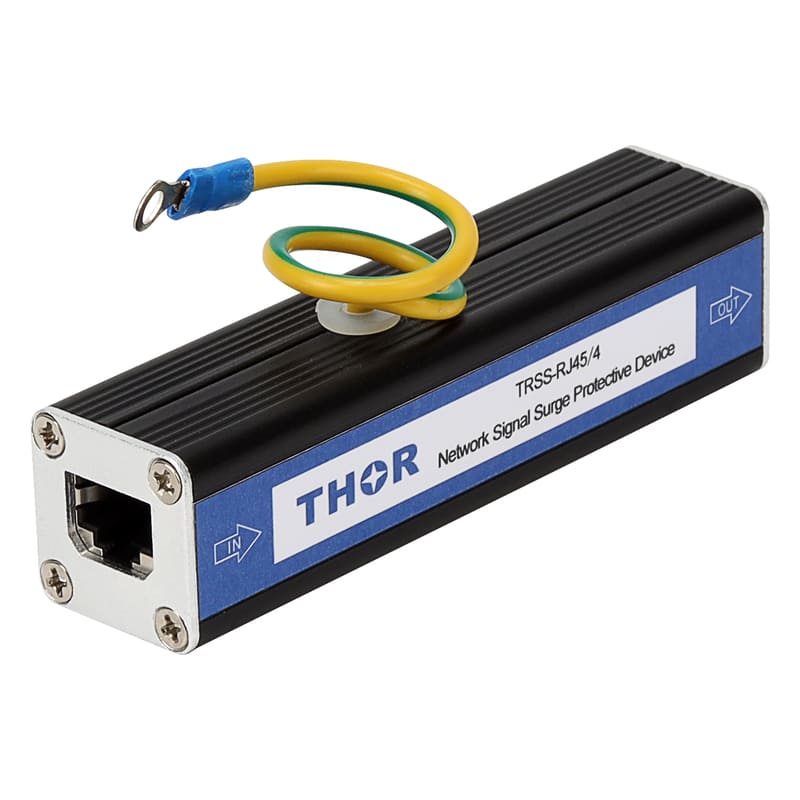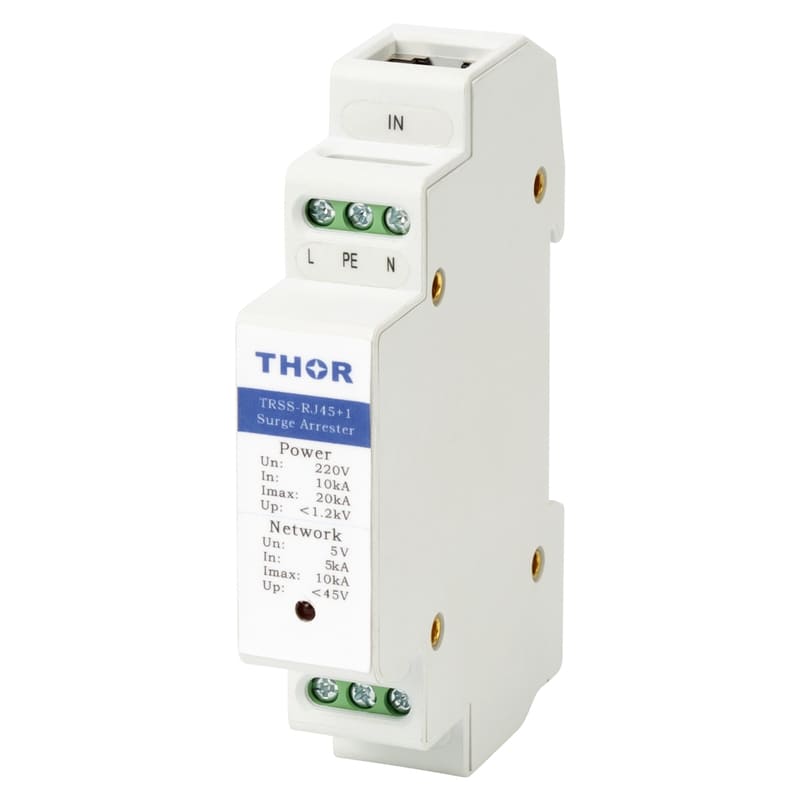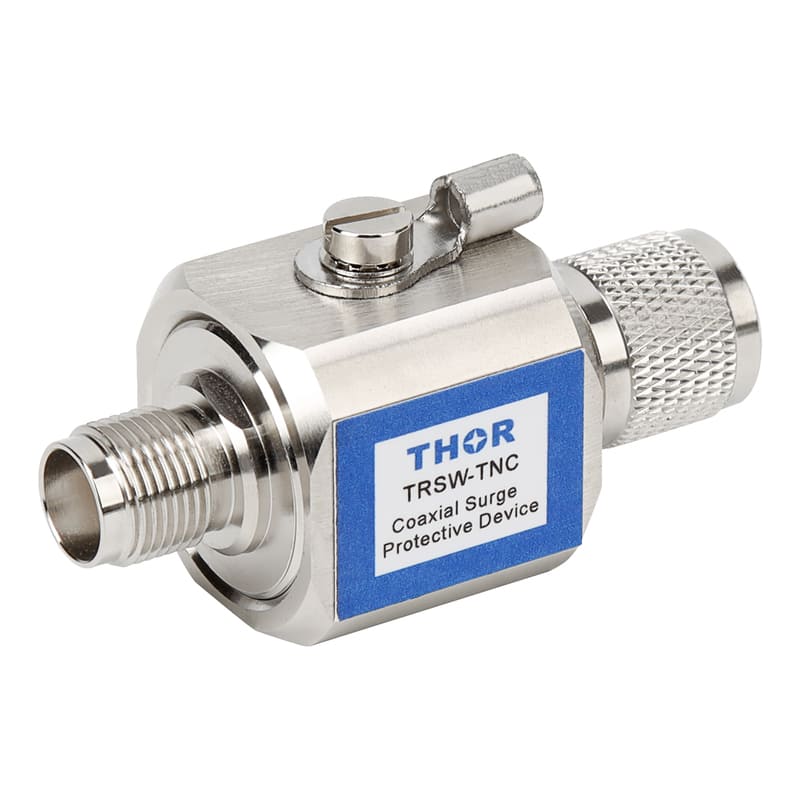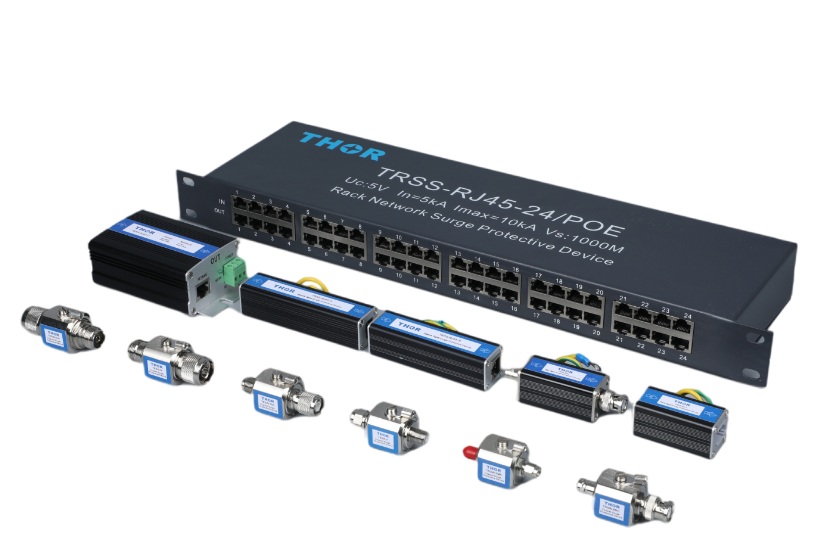
1. There are currently three main types of SPD for signal networks:
1) Antenna feeder signal protector The short circuit principle of 1/4 wavelength filter is adopted to directly introduce the 20kHz lightning current into the underground, and only the specific network signal is output to the communication equipment.
2) The coaxial cable protector protects the safety of communication equipment by means of voltage limiting.
Frequency characteristic 0~2.5GHz with power feeding performance;
3) Line signal protector, including 2-level overvoltage limiting circuit
Frequency characteristics 0~30MHz, up to 1000MHz, with feed performance;
2.When customers purchase SPD for signal network, several key requirements must be determined from the customer:
1)Applicable signal network frequency requirements
2)The interface of the network transmission line
Whether coaxial transmission line, interface type N, SMA, RJ45, RS485, etc.;
3)When the network transmits signals, is it required to have power feed at the same time (transmitting the current and voltage of the power supply)
For signal SPD, if there is a feeder requirement, you can only choose coaxial cable protector or line signal protector products.
3.Common problems and reasons when customers purchase products during installation and use
1)When the SPD is installed and used, the video signal shows a mosaic state
The product is in poor contact with the signal line interface, and the signal line or product needs to be moved slightly.
(This kind of situation often occurs when the BNC interface is connected)
2)The signal is not transmitted after the product is installed
Wrong selection of product frequency
RJ45 transmission line arrangement is wrong, SPD input/output can not correspond
The working voltage of the product is less than the working voltage of the signal system, and the product is in a protected state;
3)When the signal network is working, occasionally there will be an alarm for signal transmission failure. After a period of time, the alarm will disappear naturally.
In the signal network, there is a signal transmission whose frequency exceeds the working frequency of the SPD. When the overclocked signal cannot pass the SPD or the signal attenuation is too large, the signal system will give an alarm.
In short, the use conditions of the signal network SPD are stricter than those of the power supply network SPD. It involves a series of issues such as network structure, interface, frequency band and power feeding, especially the rapid update of the network, and the transmission rate of video images is continuously increasing. The transmission rate of the network SPD must also continue to increase to ensure that the video image is clear and does not appear to be stuck.

